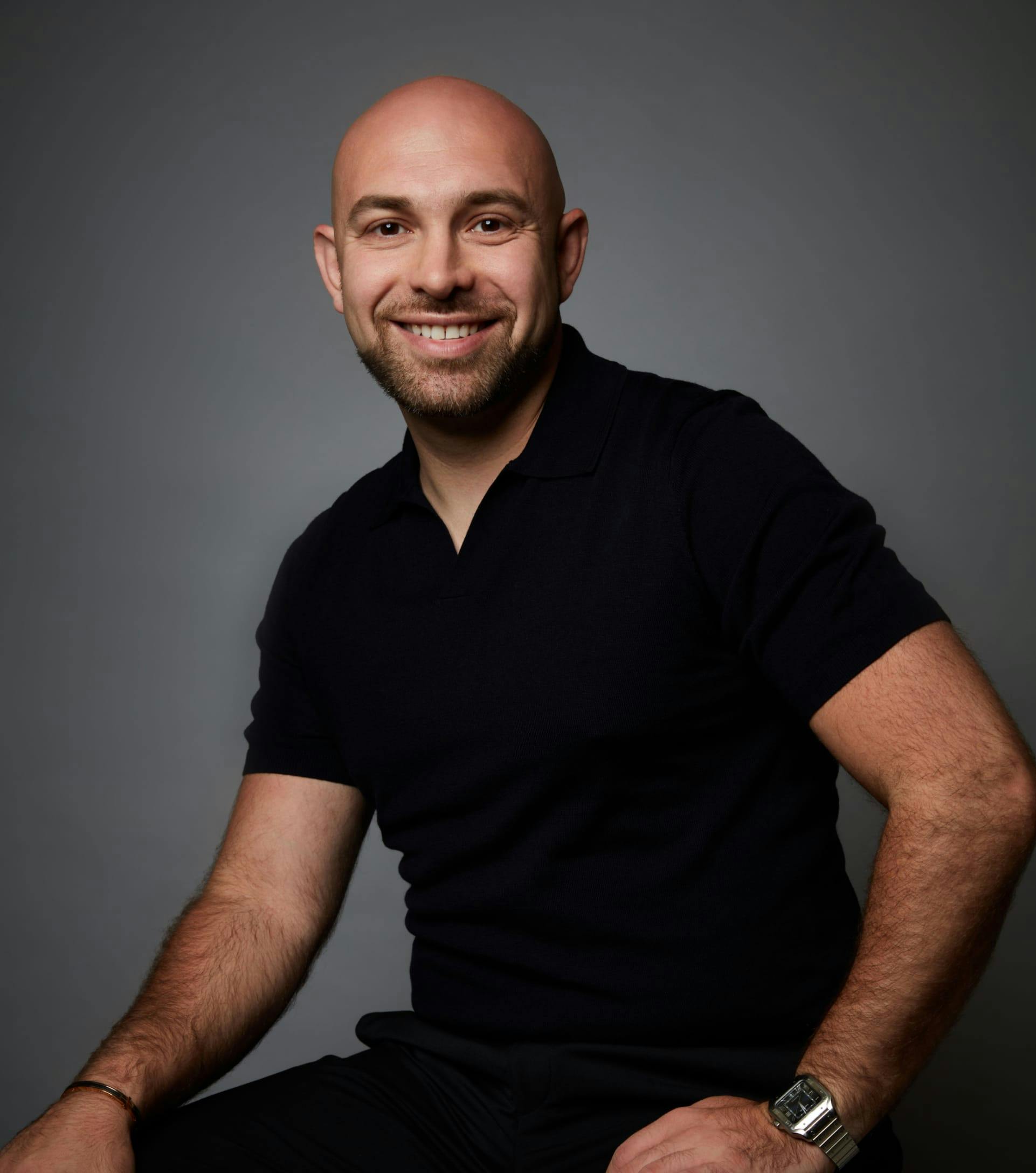Vivaer is an innovative medical technology that offers a minimally invasive solution for various breathing and nasal airway issues. Developed to improve the quality of life for individuals suffering from conditions such as nasal obstruction, Vivaer provides a non-surgical option to treat these issues. If you are experiencing nasal airway issues or chronic congestion, the San Francisco Center for TMJ and Sleep Apnea could provide this procedure to help you breathe easier and enjoy a better quality of life.
Is there a recovery process for Vivaer?
After the Vivaer procedure, you may experience some mild discomfort or congestion in the immediate hours following the procedure. Most patients can return to their regular daily activities, including work and light exercise, within a few days to a week after the procedure, depending on individual comfort and recovery. You may experience minor swelling or bruising around the nasal area, which should dissipate in a few days. To ensure the recovery process is going smoothly, attend all scheduled follow-up appointments.





